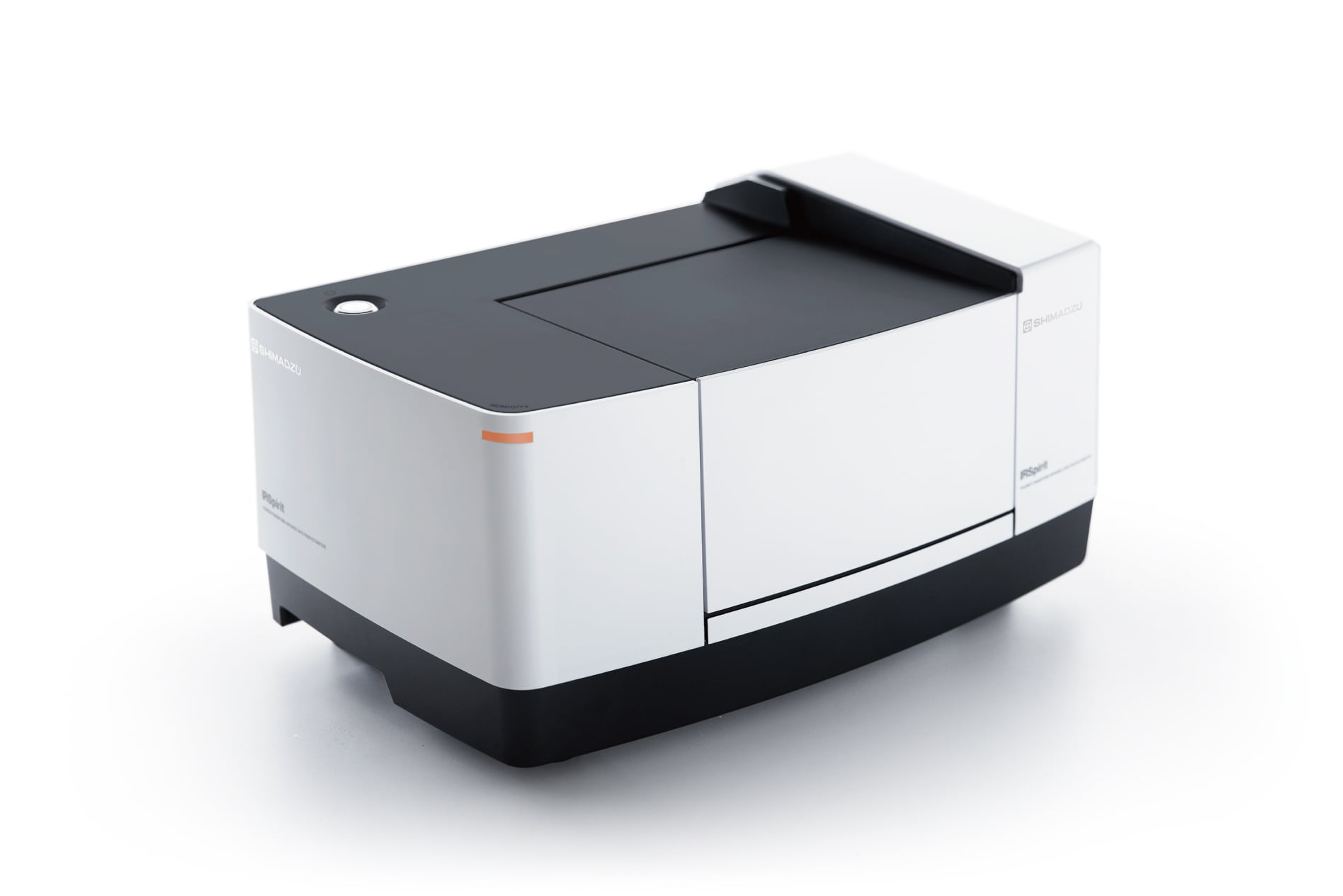
IRSpirit
Spectrophotometric Analysis
Lubricants consist of a base oil and additives and are used for purposes such as internal lubrication of machinery, cooling, and rust prevention. For example, engine oil, which is a lubricant used in engines, is necessary and indispensable for normal operation of an engine. The parts in an engine operate at high speed, and in this process, metal wear and seizing (phenomenon causing damage to cylinders or pistons) occur. The internal parts of the engine are lubricated with a lubricant to alleviate these problems. Combustion and rotational motion also cause various types of sludge (soiling, burnt residue) which reduce engine performance and life. Lubricants also have the role of adsorbing and dispersing sludge. Lubricants are degraded by oxidation, consumption of additives, and accumulation of sludge. Because degradation of the lubricant shortens engine life and causes operational problems, it is necessary to grasp the condition of degradation and carry out oil changes at the proper timing. Fig. 1 shows the representative causes of lubricant degradation in engines. The relevant ASTM standard provides a method for evaluating lubricants from various parameters. It is necessary to select the proper analytical instrument for each evaluation item and measurement object. Table 1 shows a list of the lubricant evaluation items and measurement objects by the Fourier transform infrared spectrophotometer (FTIR), gas chromatograph (GC), and inductively coupled plasma-atomic emission spectrometer (ICP-AES) presented in the ASTM standard. It is possible to evaluate chemical changes such as oxidation, nitration, and sulfonation of lubricants and contamination by moisture and dust by FTIR. These methods are provided in ASTM E2412. Here, new automotive engine lubricant and degradation after use were evaluated by using the FTIR transmission method.
November 15, 2019 GMT
Some products may be updated to newer models